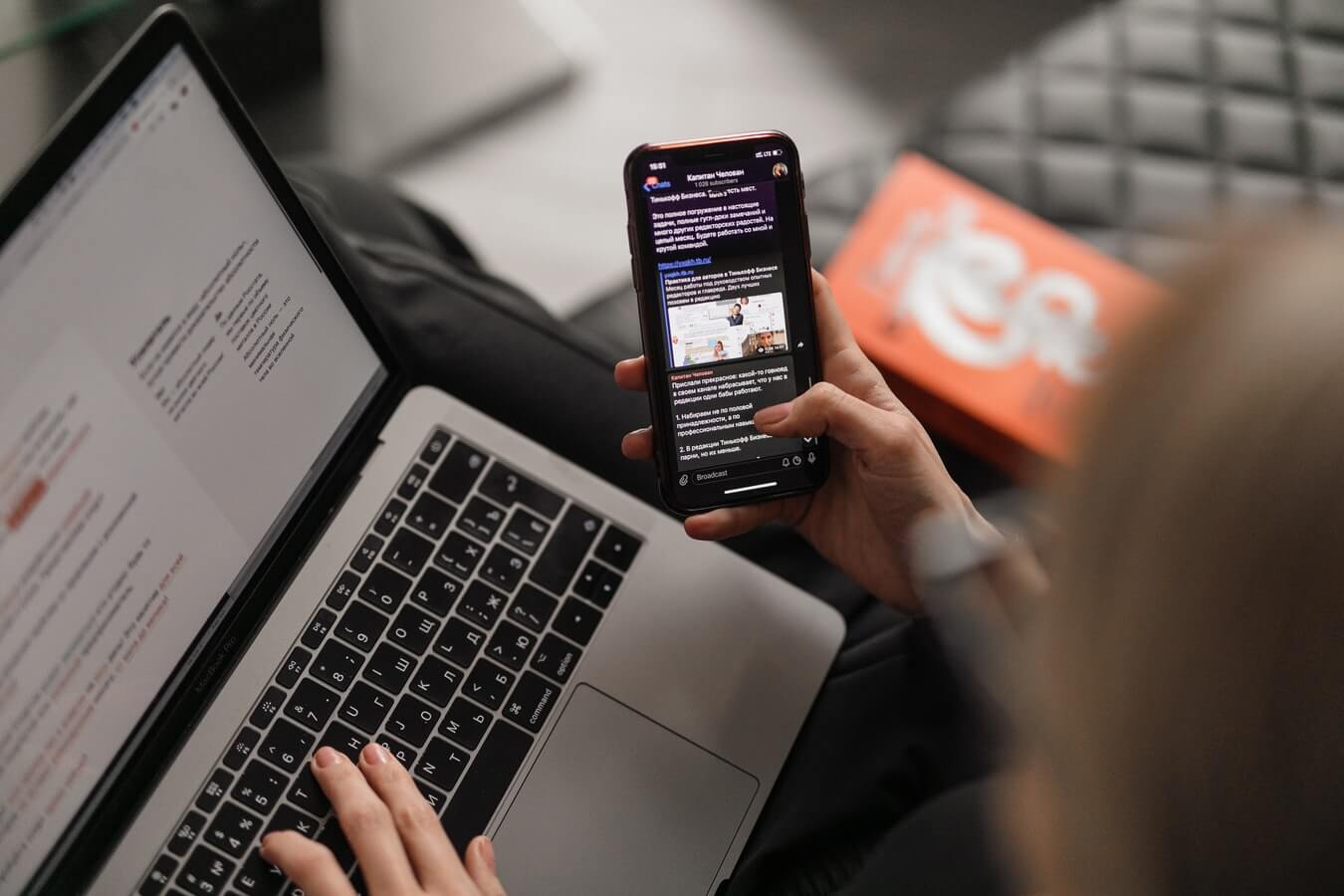Imagine a sea of teenagers at a local park, a group of at least fifty. You can hear steady murmuring and brief crescendos of laughter. Some of them sit on the grass; others choose to stand. If you watch for just fifteen minutes, what percentage of the group will use a mobile phone? Most parents would argue 50% or higher; others would say 100%.
Cell phones are more prevalent today than at any other time in history. Bolstered by lower average costs, boosted functionality, and increasingly addictive technology, cell phones are among the most common items found on a student’s person throughout the school day. They can’t find a No. 2 pencil, but the cell phone is never far away. Cell phones are incredibly distracting at home and in the classroom. However, many educational technologies, such as Quizlet and Kahoot, can only be accessed through either a cell phone or a laptop.
So, should cell phones be allowed in the modern-day classroom? Do the pros outweigh the cons? Below, we examine the impact of cell phones on the classroom and discuss how to maximize their pros while minimizing the cons.
I vividly remember my student’s dismay when his teacher disallowed not only cell phones but all technology in his classroom. The school the student attended prides itself on a STEM focus and frequently boasts of a “one-to-one technological approach,” a buzz phrase meaning the school provides its students with a personal laptop or Ipad to aid learning.
On the first day of Junior year, the student’s English teacher handed out a syllabus with the following two rules:
“1) If I am expected to show up prepared for class discussion, you are held to the same standard.
2) Any competition for your attention between myself and the weapon of mass distraction located in your book bag is futile. Therefore, no cell phones, Ipads, laptops, smartwatches, or screen-clad devices of any kind shall be permitted through the threshold of my academic kingdom (my classroom door).”
The student was livid. How could this “dinosaur” (his word, not mine) infringe upon his right to utilize every resource at his disposal? Of course, I helped the student gain perspective on the matter by listing three pros and three cons of technology in the classroom. Then, we reduced this list to one ultimate benefit and one ultimate hindrance of technological use at school.
Out of the numerous benefits, including an increased sense of safety in an emergency scenario, the ability to utilize multiple learning and planning apps, and the social benefits of readily available communication channels, the student surprisingly chose the word “freedom” to summarize the benefits of cell phones in the classroom.
Elucidating the cons of cell phones in the classroom took almost twice as long, not because of the scarcity of ideas, but rather due to abundance. With some prodding questions and careful googling, the student quickly learned about the catastrophic effects of cell phones on memory, attention, and stress. We discussed “phantom notifications,” a researched phenomenon in which students feel their phones buzz throughout the day even though they did not receive a notification. We examined the effects of blue light on sleep and eye fatigue. After a few harrowing minutes, the student once again produced a surprising word to sum up, the cons of cell phones in the classroom: freedom.
I find this coincidence to show great maturity rather than a lack of vocabulary. Cell phones in the classroom both enhance and inhibit a student’s freedom. In other words, let’s look at the user, not the tool, to decide effectiveness. Students who are more prone to distractions or procrastination should establish tight guardrails around cell phone usage while learning in the classroom or at home. Some ideas for this include utilizing do not disturb mode during class and during times of intense studying. Moreover, students could keep their phone in a different room entirely during learning.
Systems are the key to cell phone usage. Systems are almost always the key to any struggle with discipline or freedom. Students stand to benefit from sitting down either independently or with a coach to create a system for responsible use of their cell phones both at school and at home. In the words of James Clear, author of Atomic Habits, “We do not rise to the level of our willpower. We fall to the level of our systems.”
For more thought-provoking and helpful content, please explore the rest of our blog. If you believe your student might benefit from one-on-one academic coaching, please do not hesitate to reach out!





